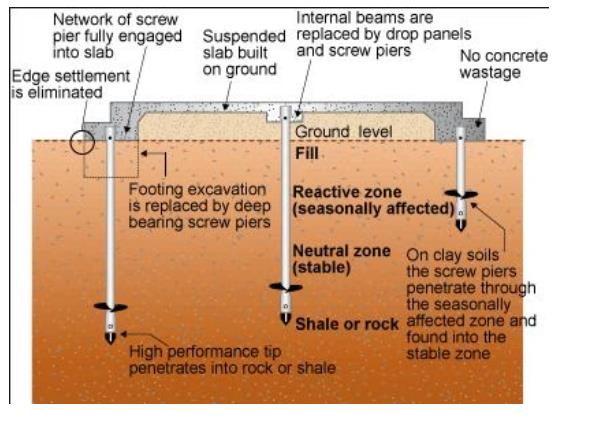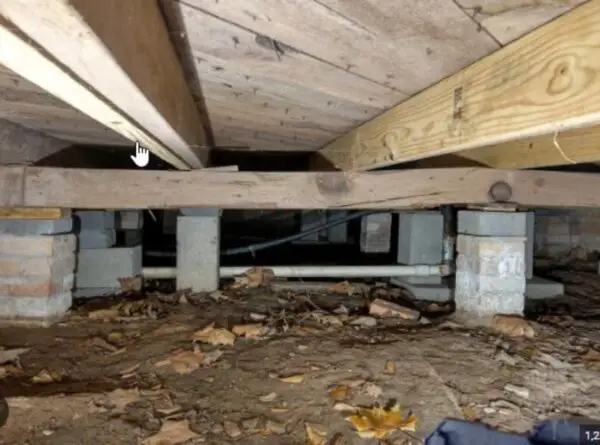Permeability quantifies the ability of liquid water flows through saturated porous construction media like soil, pavement bases, or concretes by connecting flow rates with pressure gradients. Standardized soil permeability tests help assess site drainage capacities and seepage losses for various geotechnical applications.
This overview covers common soil permeability test methods, result interpretations, and key engineering usage cases improving hydrological designs.
Overview of Laboratory Methods Testing Soil Permeability
The most accurate permeability measurement technique involves laboratory constant head testing per ASTM D2434 standards using specialty columnar chambers allowing water flows through compacted or undisturbed soil samples under controlled hydraulic gradients.
Here is a comparison of the constant head and falling head permeability
The constant head test is used to determine the coefficient of permeability (k) of soil by applying a constant water charge to sample, measuring the quantity of water flowing through the specimen over time.
As outlined in ASTM D2434, the soil sample is enclosed in a rigid wall permeameter cell or flexible wall cell that allows water flow through the pores under a hydraulic gradient.
By keeping the hydraulic head difference constant across inlet and outlet ports using a Mariotte tube system and measuring the discharge flow rate reaching equilibrium, the permeability can be directly calculated using Darcy’s law.
However, tests can take long durations to reach steady state flows for low permeability soils.

Conversely, the falling head permeability test allows the hydraulic gradient to reduce over time, with less test duration for tighter samples.
Here the permeameter gets filled to a set initial head level and then allowed to fall as water flows through the sample.
By recording the head levels against time as it reduces in the standpipe, the change ratio of head versus elapsed time determines permeability through derived formulations.
However, the decreasing gradient requires adjusting permeability with ongoing changes in head across samples.
So the falling head test suits lower permeability samples by reaching measurable equilibration rates faster but requires dynamic gradient corrections in determining permeability unlike the constant rate of the fixed head methodology.

Lab tests suit low permeabilities under 10^-5 cm/s. Above this threshold, direct large-scale field testing becomes preferable.
Field Testing Procedures for the Soil Permeability Coefficient
For higher permeability stratified soils above 10^-3 cm/s, in-situ borehole methods suit site scale subsurface variability using packer injections isolating test zones monitoring induced head pressures and flow rates. These comprise:
- Constant head well tests
- Slug/bail tests analyzing transient responses
- Pump tests with observation wells
Grain sizes still estimate higher 10^-1 cm/s permeabilities.
Surface tests like infiltrometers suit field permeability testing of pavement bases and landscaping soils.
Overview of ASTM Standards for Measuring Soil Permeability
Key standards framing consistent permeability test methodology include:
- ASTM D2434 constant head lab method
- ASTM D5084 flexible wall permeameter cells
- ASTM D6391 field framing with borehole packers
- ASTM D5126 multipoint borehole testing
Following standardized procedures allows comparative subsurface assessments for site development planning.
Soil Parameters Affecting Accurate Permeability Testing
Variable site and soil conditions influencing test accuracy include:
- Initial moisture content and density
- Stratification and heterogeneities
- Deformations under gradient flows
- Swelling clays closing flows
- Chemical clogs accumulating
Applying measured permeability requires considering applicable subsurface profiles and representative sampling locations.
Interpreting Soil Permeability Test Results
Beyond tabulated permeability magnitudes, water flow patterns assess test repeatability and subsurface anomalies that could impair interpretation validity if using limited sampling. Mapping testing locations and profiling lithology aidsRESULT extrapolations.
Comparing alternative test methods checks result consistency. Validating values against model correlations ensures reasonable permeability ranges match observed soils.
Using Soil Permeability Values for Land Drainage Assessments
Drainage capacities rely on tested soil and underlying rock permeabilities. Lower 10^-5 cm/s ranges require extensive tile drainage while higher coefficients simplify stormwater infiltration across development sites.
Observed wet zones guide positioning water collection pipes and drainage layers to supplement native conduction rates. This lowers flood risks.
Relationship Between Infiltration Rates and Permeability
While related, infiltration defines the surface vertical penetration rate water enters soils while permeability describes lateral saturated flows. Testing both improves hydrological models. High infiltration suits rains recharging groundwater faster but very permeable substrates also quickly routes volumes requiring drainage capacity planning.
Clays exhibit permeability and infiltration divergence with cracks aiding infiltration not lateral conduction.
Estimating Subsurface Water Flows Using Soil Permeability
Darcy’s Law connects permeability with hydraulic gradients and discharge rates. Using layered soil models with observed head differentials and dimensions predicts interflow volumes across saturation zones – useful for seepage evaluations and groundwater recharge rates when combined with infiltration capacities.
Importance of Permeability in Civil Engineering Drainage Designs
Evaluating soil permeability improves determining peak flows, appropriate collection structures, suitable grades establishing conduction slopes, infiltration capacities avoiding excess volumes, and contributing areas maps to accurately size drainage pipes, bioswales, retention basins, and filter strips for stormwater management.
In summary soil permeability testing provides key design criteria for balancing recharge enhancement and controlled drainage based on lawyers of use.






